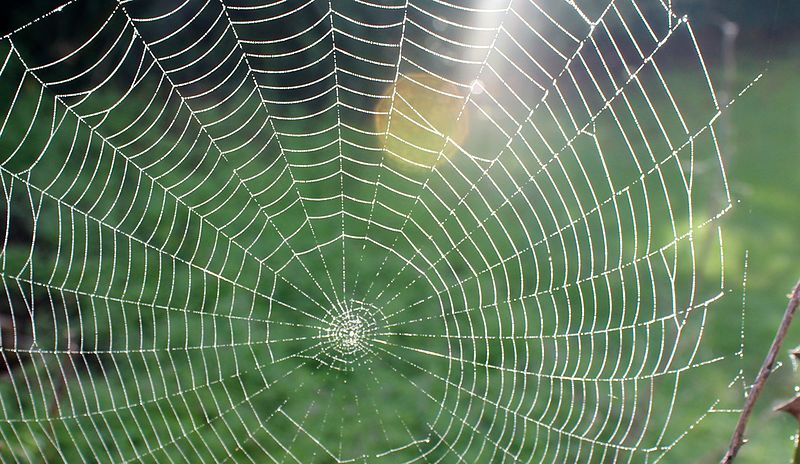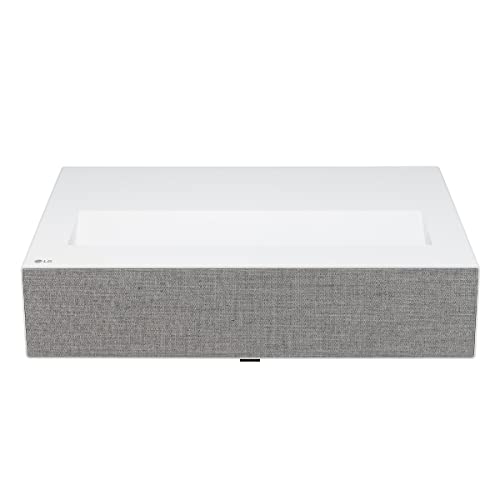Why it matters: Researchers at Tufts University’s Silklab have created a groundbreaking material that mimics Spider-Man’s web-slinging abilities, potentially revolutionizing fields from robotics to medicine.
The breakthrough: A team led by Marco Lo Presti has engineered a fluid material that, when shot from a needle, solidifies mid-air into a strong, adhesive fiber.
- The fibers can lift objects over 80 times their own weight, according to New Atlas.
- This technology draws inspiration from both comic books and nature.
Fiorenzo Omenetto, director of Silklab, emphasized the project’s unique inspiration: “We can be inspired by nature. We can be inspired by comics and science fiction. In this case, we wanted to reverse engineer our silk material to behave the way nature originally designed it and comic book writers imagined it.” (InterestingEngineering)
The science behind the strings:
- Silk from moth cocoons is broken down into proteins called fibroin.
- Dopamine is added to accelerate solidification.
- When shot through a needle, the solution is enveloped by acetone, triggering rapid solidification.
Enhancing strength and adhesion:
- Chitosan from insect exoskeletons increases fiber strength up to 200 times.
- A borate buffer improves adhesion by 18-fold.
Real-world demonstrations: The team successfully used the fibers to lift various objects, including:
- A steel bolt
- A laboratory tube floating on water
- A scalpel partially buried in sand
Looking ahead: While currently about 1000 times weaker than natural spider silk, the technology shows promise for significant improvement.
- Potential applications span robotics, medicine, and sustainable materials.
- Further research could lead to stronger adhesives and enhanced biomaterials.
This Spider-Man-inspired innovation showcases the power of interdisciplinary research, blending materials science with pop culture inspiration. As development continues, we may see this technology swinging into various industries, offering new solutions to complex engineering challenges.




















